Datatypes and variables in JavaScript
 Khushi Shrivastava
Khushi Shrivastava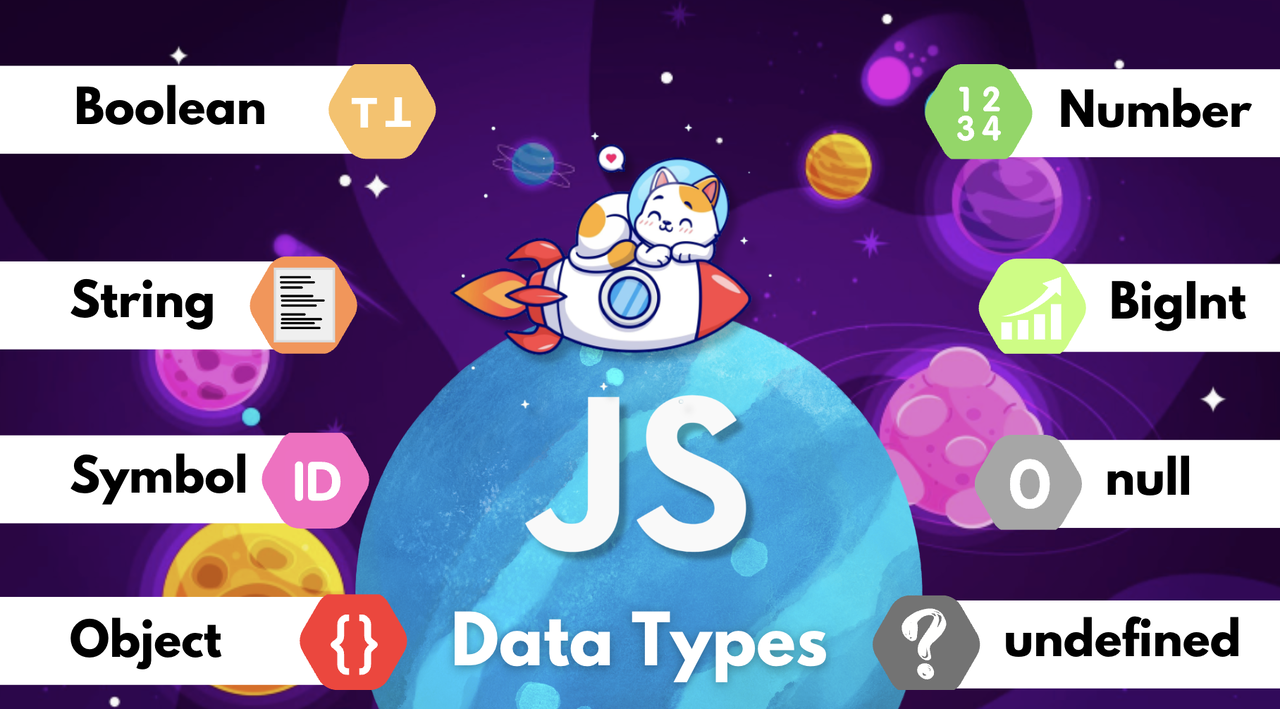
Variables in JavaScript - :
As JavaScript is dynamic typed so variable types are determined at runtime without explicit type definitions.
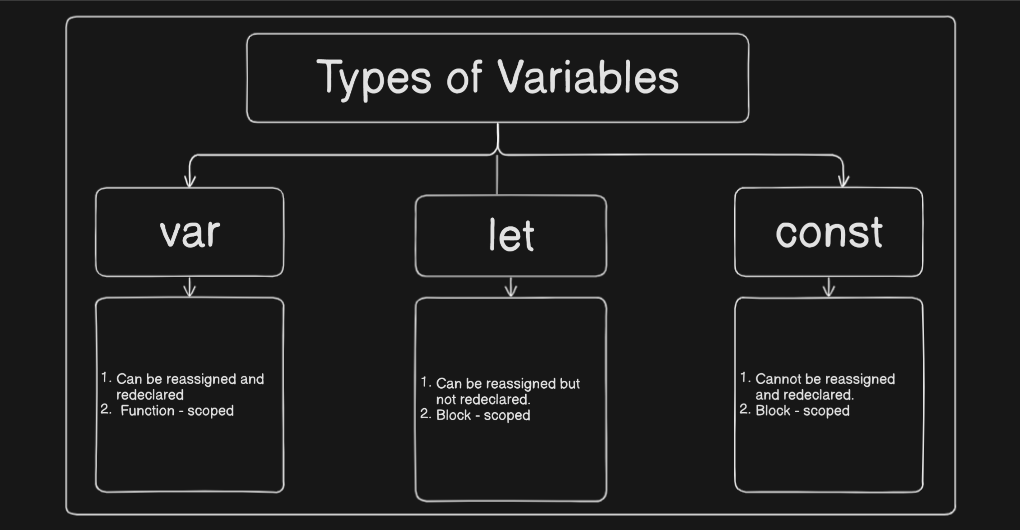
var → A keyword used to declare variables and is function - scoped and hoisted. It allows redeclaration but there can be unexpected bugs. Also , it’s rarely used today and is a old style as var is added to window object in the browser when declared globally.
let → A keyword which is block - scoped and not hoisted at top hence suitable for mutable variables .
const → const is also block - scoped but is immutable and cannot be reassigned but in JavaScript objects are mutable.
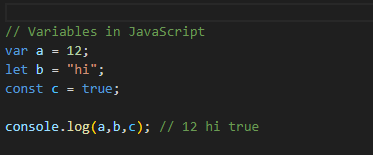
Datatypes in JavaScript - :
In JavaScript, each value has it’s data type (type of data - number, strings etc..) defining it’s nature. So, datatype can simply be understood as the different kinds of data we are going to work with by storing or manipulating it in variables.
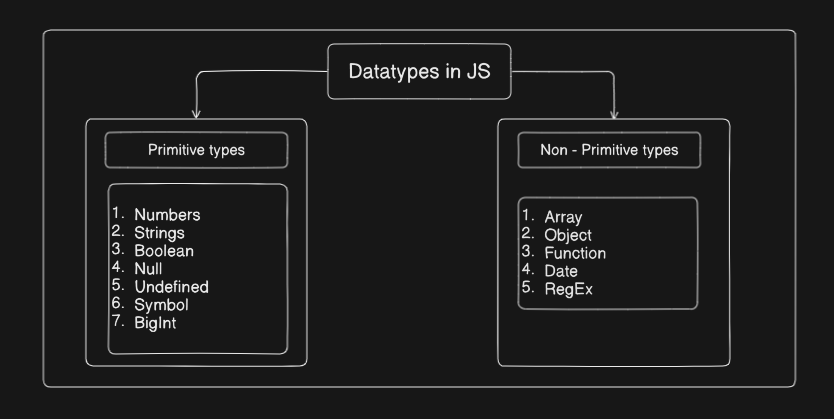
Datatypes are of two types as given in above flowchart . Let’s dive deep into what are they?
Primitive Datatypes :
Numbers → These include integers and floating-point values. NAN is not a number used when result of any arithmetic operation can’t be expressed as a number. It’s also the only value which is not equal to itself.
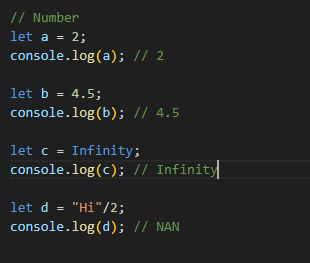
Strings → Strings are series/sequence of characters surrounded by either double quotes or single quotes. Backticks can also be used , it provides an extra functionality as we can embed variables inside them.
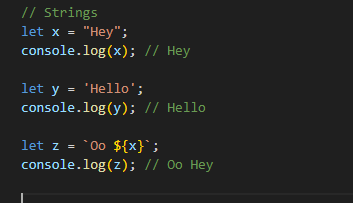
Boolean → It has only two values True or False.
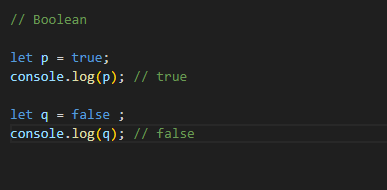
Null → This indicates the absence of an object that means there is nothing or empty value. It does not belong to any default datatypes and is a keyword. Also, the typeof Null is Object.

Undefined → Undefined means absence of a value , a variable has been declared but it’s value is not assigned. Therefore , whenever a return statement has no value it returns undefined.

Symbol → This concept was introduced in ES6. Symbols are immutable and unique primitive values used as identifier in object properties . They help create unique keys in object . Also , Symbol returns Boolean values.
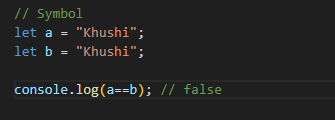
BigInt → Used to represent whole numbers greater than 2^53.

Non - Primitive Datatypes :
Non - primitive datatypes also known as reference type or derived datatypes are derived from primitive datatype and are mutable ( can be modified ) and are passed by reference.
Array → Special kind of object which can be stored in an ordered collection with different datatypes.
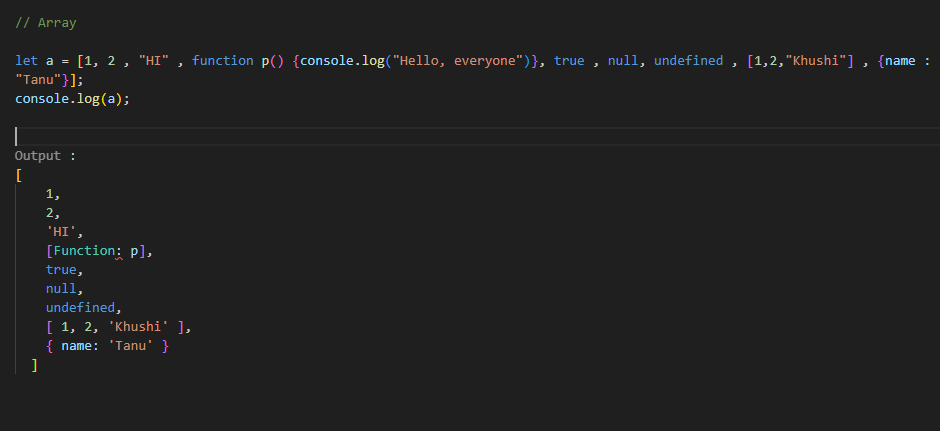
Object → They are key - value pair used to store data and created by curly braces {} or new keyword. They are compared by reference and are said to be equal only if they reference the same memory location.
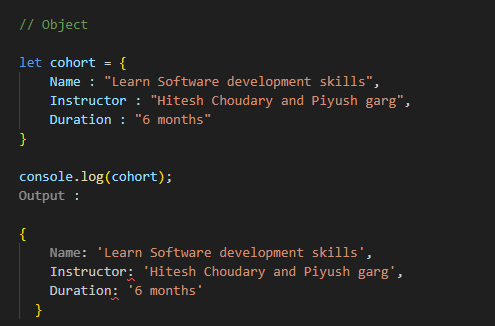
Function → A block of reusable code that’s designed to fulfill some tasks. (Set of statements perform a task or calculating a value)

Date Object → It’s used for dates and times where we can manipulate , create and format dates.

RegEx → Regular expressions are object which is used to define search patterns to match text of strings
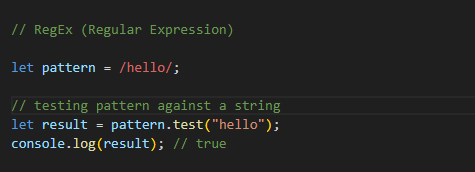
Subscribe to my newsletter
Read articles from Khushi Shrivastava directly inside your inbox. Subscribe to the newsletter, and don't miss out.
Written by
